Unmanned technology is mainly to achieve unmanned operation through environmental changes and perceptions. The existence of this technology is the premise and basis for the development of unmanned driving. The environmental perception is not all, and the addition of vehicle control technology is required. Therefore, these two technologies are necessary for the development of unmanned driving. The whole process of driverlessness comes down to two parts. Firstly, it senses the external environment through radar, etc. Secondly, it is necessary to brake the brakes and the steering system to ensure the car. Safety, maneuverability and stability. If you can do it tacitly, then the entire driverless process is complete.
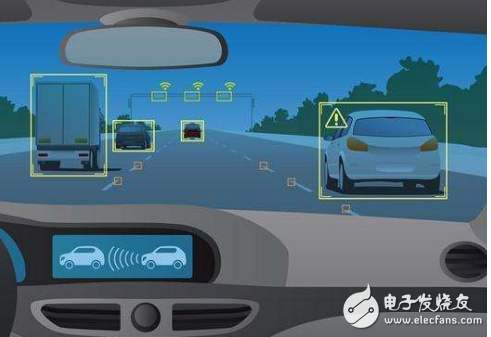
1.1 Environmental Awareness Technology
The environment-aware technology is information that the car can obtain the road, the location of the vehicle and the obstacles, and transmits the information to the vehicle-mounted central computer, so that the vehicle can plan and modify the driving route according to the driving target and the situation on the way. To put it simply, the environment-aware technology is to figure out where the car is driving. What are the surrounding objects? What is it? How far is the distance? And the entire macro environment information of the car on the road.
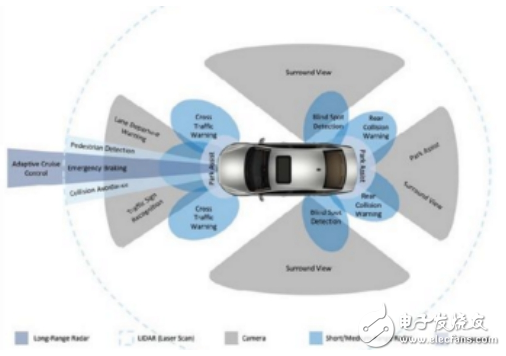
In the current development process, driverless car technology uses visual sensing, microwave sensing, and laser sensing. The realization of these sensing technologies is mainly through the extraction of environmental information by automobile sensors and radars and various communication devices, and then through the information technology to form a relatively complete two-dimensional or three-dimensional image, the distance information is conveyed, and then the technicians Analysis of three-dimensional images to identify the car's environmental perception capabilities. At the same time, cars can share the same information together to obtain macro data that different vehicles exercise on the road. The realization of driverless technology is mainly Li Yongle wireless network technology and remote communication technology. The existence of these two technologies further enhances the car's perception of the environment.
1.2 Vehicle Control Technology
Vehicle control technology is designed to mean that the driverless car is based on the environment-aware technology. With the cooperation of the automatic steering control system, the car can accurately and stably travel according to the prescribed route, and at the same time enable the car to adjust the speed and distance during the driving process. Various necessary basic operations such as maintaining, changing lanes, and overtaking. This technology requires the deployment of a variety of corresponding systems in driverless vehicles to achieve its complex functions, including envelope lane departure systems, adaptive cruise control systems, automatic parking systems, emergency braking and satellite navigation systems.
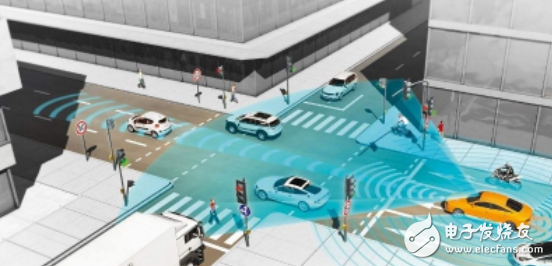
(1) Lane departure detection system: Make the car follow the road sign and audible warning and correct the direction when the vehicle starts to shift the lane to ensure that the car travels along the correct route.
(2) Adaptive cruise control system: keep the car and the front vehicle at a safe distance, ensuring the safety of the driverless car.
(3) Automatic parking system: enables the driverless car to smoothly realize the pouring and leaving in the parking space.
(4) Emergency braking and satellite navigation systems: enable the vehicle to fully and effectively brake in the event of an emergency, while leaving the driverless vehicle within human surveillance and control.
2 Application direction of driverless cars2.1 Unmanned driving system in highway environment
Such systems will be used on structured highways with a good environment defined by the environment, mainly to complete road marking line tracking, vehicle identification and other functions. These studies focus on high-speed automatic driving in a simple structured environment with the goal of fully automated driving after entering the highway. Despite the limitations of such application positioning, it does solve the most common, dangerous and boring driving tasks in modern society.
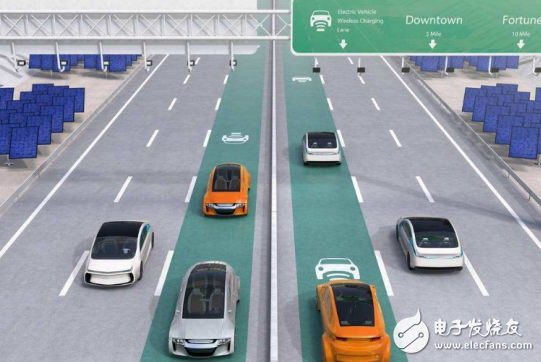
2.2 Unmanned systems in urban environments
Compared with high-speed environment research, unmanned driving in urban environments is safer and more reliable due to its slower speed, and its application prospects are better. In the short term, it can be used as a supplement to urban large-capacity public transportation (such as subways) to solve urban traffic problems, such as large-scale event venues, parks, campuses, industrial parks, airports, etc.
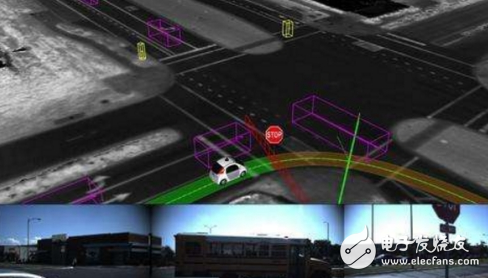
2.3 Unmanned systems in special environments
The country where the driverless car is in the forefront has always attached great importance to its application in military and other special conditions. But its key technology is consistent with vehicles based on highways and urban environments, but with a different focus on performance requirements.
3 Development prospects of driverless carsSince the invention of the automobile, the automobile industry has continuously promoted human innovation and social and economic development. Unmanned Driving Due to the application of these advanced technologies, driverless technology far exceeds human superiority in terms of operational timeliness, safety and accuracy. We believe that the future commercial application of driverless technology in passenger cars and commercial vehicles will definitely bring revolutionary impact to the world.

China has a large population, so the automobile market is also extremely large. It has a key position in the development of the world's automobiles. At present, it is an important period for the transformation of China's own-brand vehicles. Both commercial vehicles and family cars need new automotive technologies. Promotion, so the actual situation of China's society provides a favorable opportunity for the popularization of new automotive technologies. Intelligent driving has become the driving force for the development of automobiles in the future and has a crucial impact on the development of commercial vehicles. For passenger cars, commercial vehicles with intelligent driving technology will bring great convenience to people's work and life, and effectively enhance people's happiness in life. For example, if a commercial vehicle can be automatically unmanned on a special road section (highway, etc.), then the driver can spend more time communicating with others, telling the person in front of him to reach the time, etc. It is very practical and convenient for the logistics center to carry out the work of distributing goods, thus greatly improving the delivery efficiency of the logistics. At the same time, like commercial vehicles and passenger cars, the use of driverless technology can effectively reduce the fatigue of the driver during driving, thereby reducing various traffic accidents caused by fatigue driving and ensuring the safety of people's lives and property.
LED Underwater light,Full colour underwater luminaires,Waterproof lighting underwater lamp
Kindwin Technology (H.K.) Limited , https://www.szktlled.com
